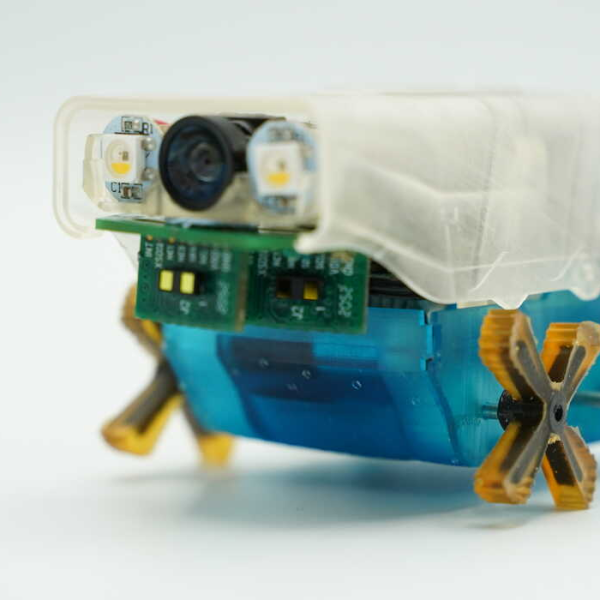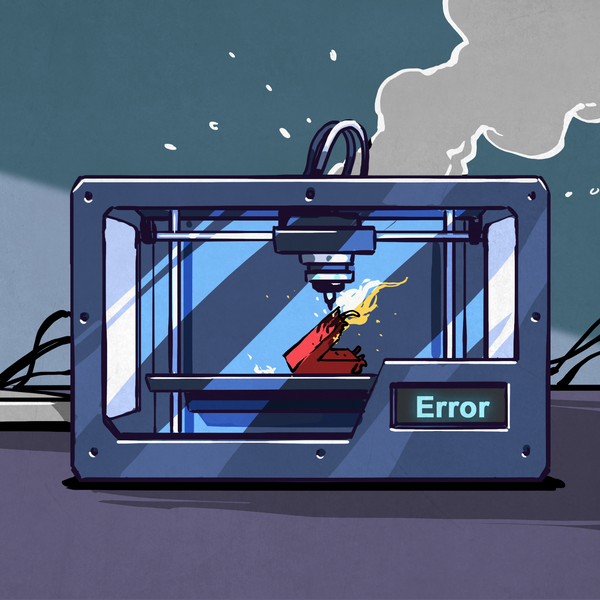If you are looking for the perfect instrument to start a biological horror show in our age of AI, you have come to the right place. Researchers at Johns Hopkins University have successfully used AI-guided robotics to perform surgical procedures. So maybe a bit less dystopian, but the possibilities are endless.
Pig parts are used as surrogate human gallbladders to demonstrate cholecystectomies. The skilled surgeon is replaced with a Da Vinci research kit, similarly used in human controlled surgeries.
Researchers used an architecture that uses live imaging and human corrections to input into a high-level language model, which feeds into the controlling low-level model. While there is the option to intervene with human input, the model is trained to and has demonstrated the ability to self-correct. This appears to work fairly well with nothing but minor errors, as shown in an age-restricted YouTube video. (NOTE: SURGICAL IMAGERY WATCH AT YOUR OWN RISK)

It’s noted that the robot performed slower than a traditional surgeon, trading time for precision. As always, when talking about anything medical, it’s not likely we will be seeing it on our own gallbladders anytime soon, but maybe within the next decade. If you want to read more on the specific advancements, check out the paper here.
Medical hacking isn’t always the most appealing for anyone with a weak stomach. For those of us with iron guts make sure to check out this precision tendon tester!


















